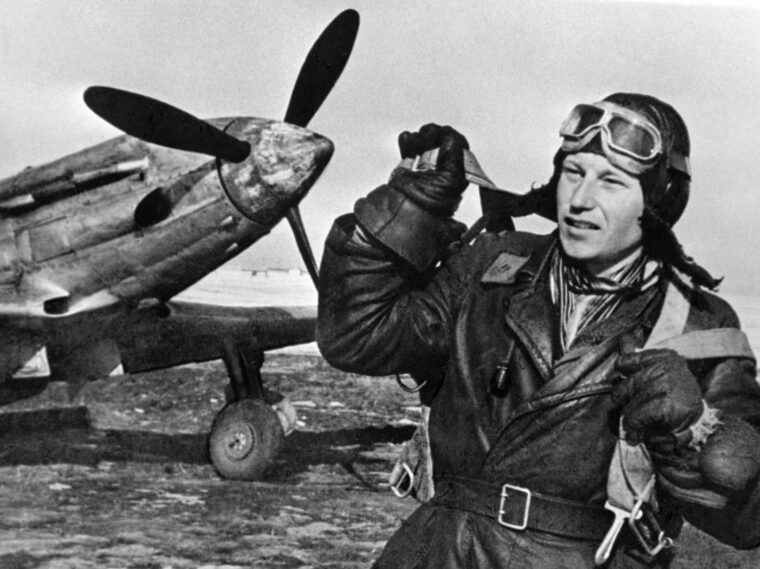
WWII History October 2017
Innovative Soviet Fighter Ace
By Christopher J. ChlonAccording to contemporary Soviet news sources, fighter Ace Alexander Pokryshkin was the most famous pilot in the Red Air Force during World War II. Read more

WWII History October 2017
According to contemporary Soviet news sources, fighter Ace Alexander Pokryshkin was the most famous pilot in the Red Air Force during World War II. Read more
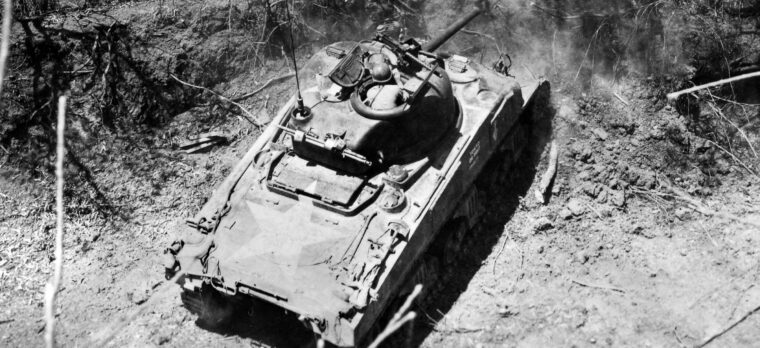
WWII History October 2017
By Patrick J. Chaisson
It was an amphibious commander’s worst nightmare—swarms of enemy tanks, spitting death with every cannon shell and machine-gun burst, smashing through the American beachhead. Read more

WWII History October 2017
One night in mid-October 1941, a British Army intelligence officer disguised as a Senussi Arab was dropped by parachute behind the German lines in the Italian colony of Libya. Read more
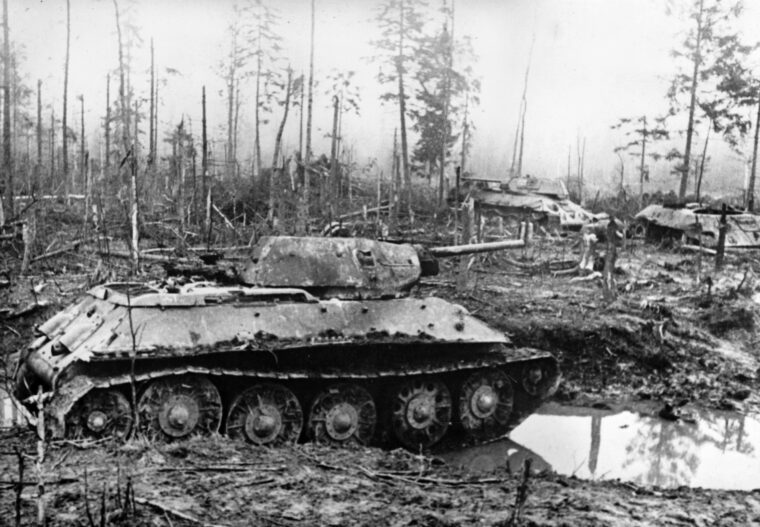
WWII History October 2017
It was called Nordlicht, or Northern Lights. With Hitler’s drive toward Stalingrad in full swing, the Oberkommando der Wehrmacht (OKW—German Armed Forces High Command) was also planning to end the almost year-long siege of Leningrad in a two-pronged attack to capture the city. Read more
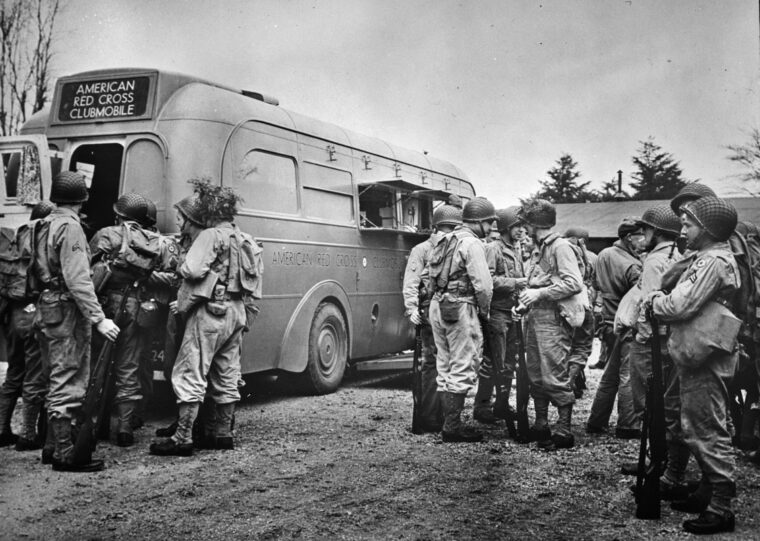
WWII History October 2017
During World War II, American women flocked to be a part of the war effort. They served as factory workers, government agency clerks, WAVES or WAACS, and artists copying propaganda posters. Read more
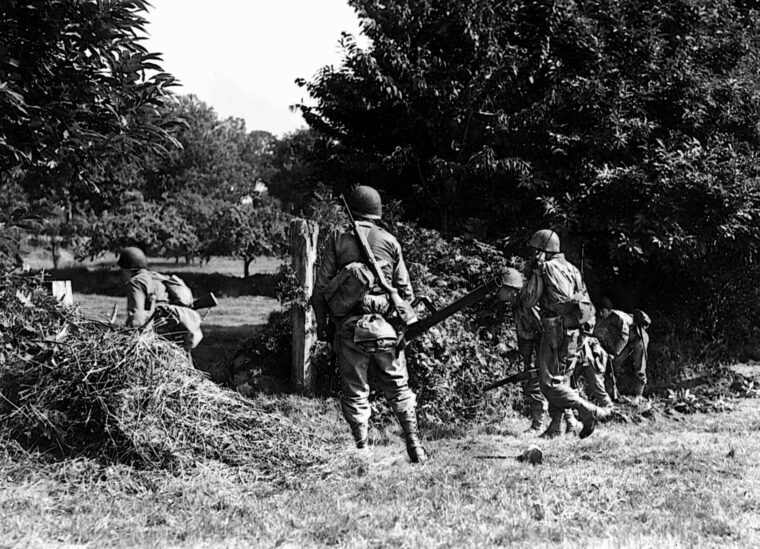
WWII History October 2017
By Steve Ossad
A few months after the Normandy campaign and with other fronts competing for the American public’s attention, Lt. Read more
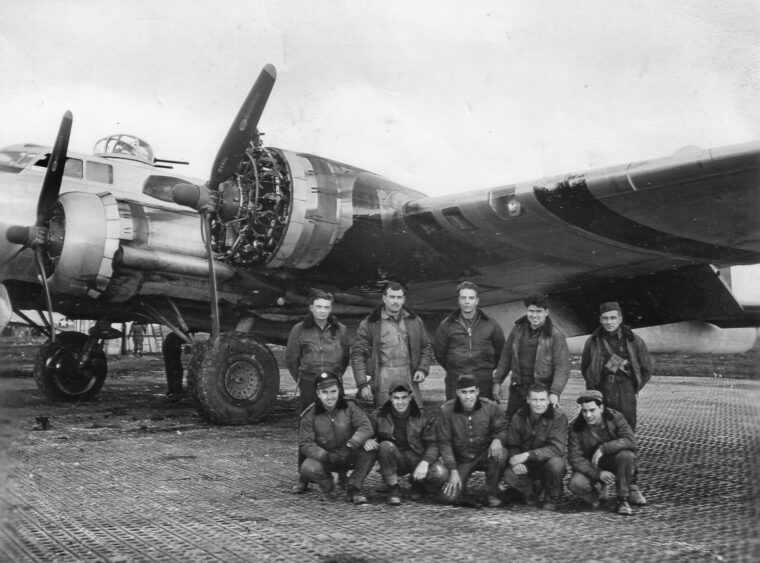
WWII History October 2017
“Bombs away!”called out the bombardier of the Boeing B-17 Flying Fortress bomber Great Speckled Bird, signaling the release of a full bombload over an enemy target. Read more
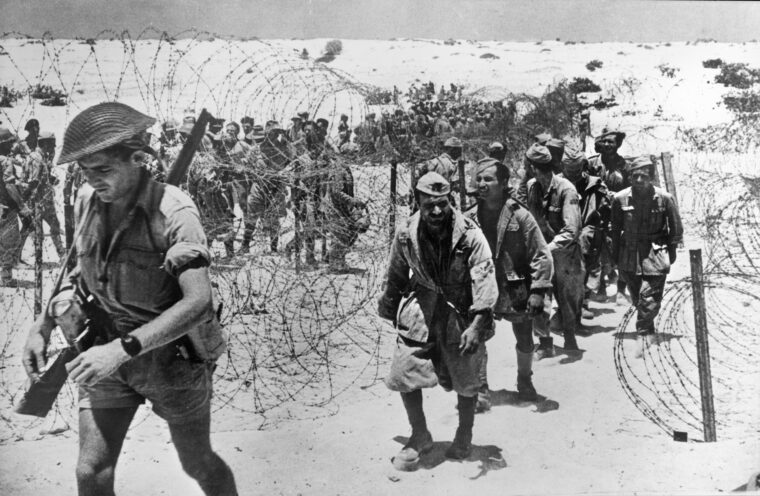
WWII History October 2017
In October 1942, at an obscure railroad whistlestop in the wastes of the Egyptian desert, the tide of World War II turned. Read more
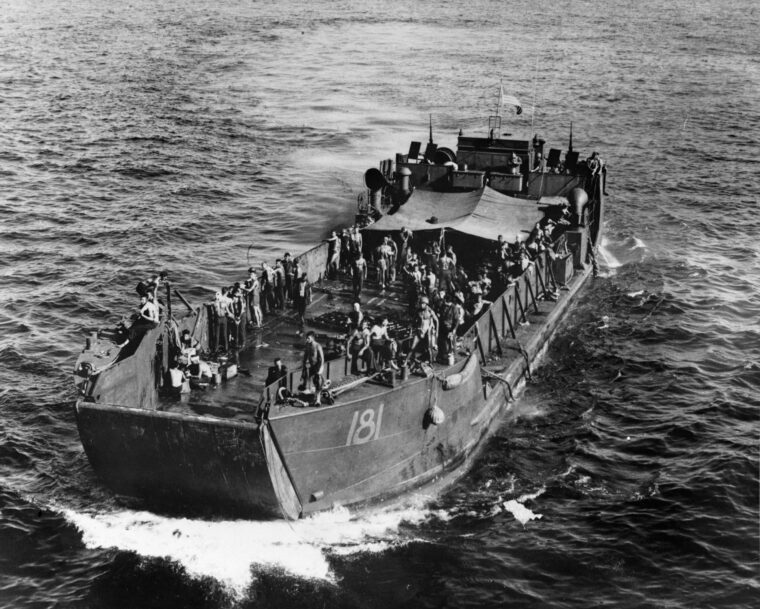
WWII History October 2017
General Alexander Patch had been thinking about moving some troops to the southwestern part of Guadalcanal since taking command of all American ground forces on the embattled island on December 9, 1942. Read more
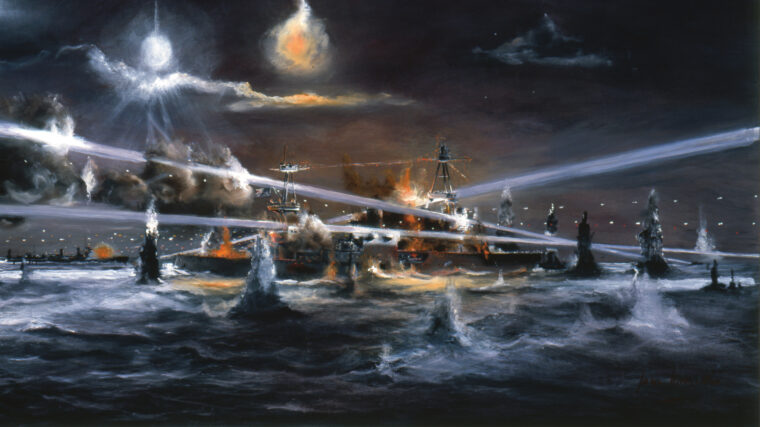
WWII History October 2017
The heavy cruiser USS Houston ventured into the Sunda Strait off the coast of Java on the dark night of February 28, 1942, and was never heard from again. Read more